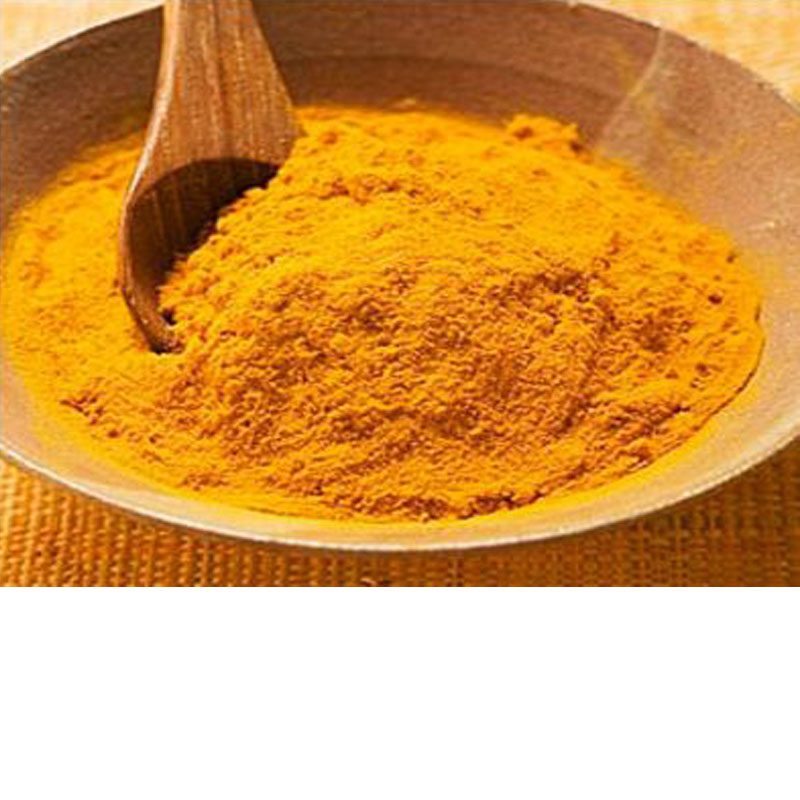- No. 268 Xianghe Street, Economic Development Zone of Xingtai city, Hebei 054001 China
- Byron@hbhongri.cn
Current Trends in Capsicum Oleoresin Pricing and Market Analysis
Understanding the Price Dynamics of Capsicum Oleoresin
Capsicum oleoresin, derived from various species of Capsicum (the pepper plant), is a natural extract rich in pungent compounds. Known primarily for its vibrant color and heat, this oleoresin serves as a crucial ingredient in food products, cosmetics, and pharmaceutical applications. As industries across the globe recognize the benefits of natural ingredients over synthetic alternatives, the demand for capsicum oleoresin has surged, leading to fluctuations in its market price.
Factors Influencing Capsicum Oleoresin Prices
1. Raw Material Supply The price of capsicum oleoresin is closely tied to the availability and cost of raw peppers. Factors such as climate conditions, agricultural practices, and the incidence of pests can significantly affect pepper yields. For instance, poor weather conditions during the growing season can result in lower harvests, increasing the raw material costs and, subsequently, the price of the oleoresin.
2. Market Demand There has been a rising trend towards natural and organic products, propelling the demand for capsicum oleoresin. Industries in food (like sauces, snacks, and seasonings), cosmetics (for color and fragrance), and pharmaceuticals (for its therapeutic properties) are increasingly seeking out capsicum oleoresin. This amplified demand can create price pressures, especially if supply does not keep pace.
3. Processing and Quality The extraction process and the quality of the final product can also impact pricing. Higher quality oleoresin, which retains more of the natural flavor and capsaicin, will command a higher price. The methods employed—whether supercritical CO2 extraction, solvent extraction, or steam distillation—affect both the yield and purity of the oleoresin, subsequently influencing market prices.
4. Regulatory Framework As a product that often enters food and pharmaceutical markets, capsicum oleoresin is subject to various regulations. Compliance with safety standards and quality certifications can affect its price. Suppliers must invest in quality control measures, which can ultimately be reflected in the final selling price of the product.
capsicum oleoresin price

5. Global Trade Dynamics The global market is becoming more interconnected, and the prices of capsicum oleoresin can be influenced by trade policies and tariffs. Import and export regulations, particularly in regions where capsicum is grown abundantly, such as India, China, and Mexico, can impact market availability and prices. For instance, a rise in export tariffs on raw capsicum could elevate prices across the board.
Current Price Trends
As of 2023, the market for capsicum oleoresin is competitive, with prices experiencing volatility due to the aforementioned factors. While some forecasts suggest a steady increase in prices owing to heightened demand, others indicate potential stabilization as new growing regions are identified and processing technologies improve.
Industry analysts anticipate continued growth in the capsicum oleoresin market as consumer preferences shift towards more natural products. Companies are encouraged to explore innovative extraction methods and invest in sustainable agriculture practices to ensure supply meets demand without significant price hikes.
Conclusion
The price of capsicum oleoresin is dictated by a combination of supply and demand, production methods, and global economic factors. Businesses involved in sourcing or producing capsicum oleoresin should remain agile, adapting to these dynamics to ensure competitive pricing while meeting the quality expectations of consumers. As the trend towards natural ingredients continues to gain momentum, monitoring the market closely will be essential for stakeholders aiming to navigate this exciting and potentially lucrative sector.
-
Turmeric Rhizome Powder: A Golden Treasure from Roots to TableNewsJul.28,2025
-
The Versatile Application Of Crushed Red Hot Peppers: Lighting Up The Red Flames On The Dining TableNewsJul.28,2025
-
The Paprika: A Touch Of Vibrant Red In Color, Flavor, And CultureNewsJul.28,2025
-
Ground Turmeric: A Modern Examination of an Ancient SpiceNewsJul.28,2025
-
Capsicum Liquid Extract: Features, Applications, and ChallengesNewsJul.28,2025
-
Application of Capsicum Liquid Extract in FoodNewsJul.28,2025







